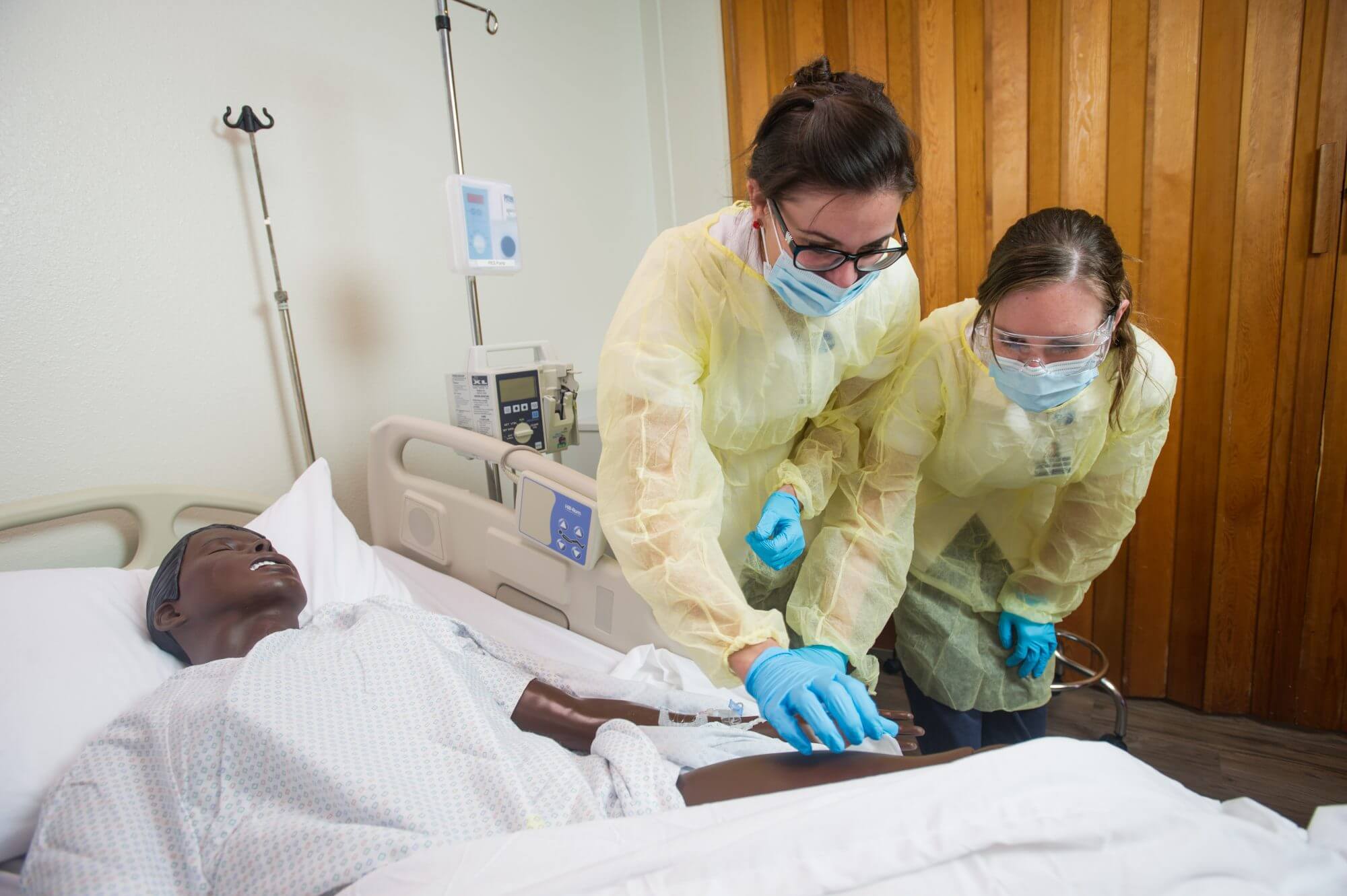
Nursing students have poured into the workforce in the 21st century. Texas A&M University/Creative Commons License
WASHINGTON—The number of nursing school graduates entering the workforce has grown significantly over the past 15 years, but health care professionals say not to worry: The jobs will be there over the next decade.
Changes in the economy and the retirement of hundreds of thousands of baby boomers will contribute to a growing number of available nursing jobs, they say.
“We so badly need and want to have more nurses,” said Nancy Griffin, associate dean of enrollment management at Johns Hopkins School of Nursing in Baltimore. “Right now is a great time to be a nurse, and there are so many different pathways and opportunities to be a nurse.”
A Health Resources and Services Administration report estimated that In 2011, more than 142,000 new graduate RNs passed the NCLEX-RN®. This compares with 68,561 in 2001. During that same decade, half a million registered nurses and 90,000 licensed practical nurses joined the ranks of the employed.
Some predict that such high growth will saturate the nursing job market down the road. The Department of Health and Human Services projected that by 2025, the U.S. could have more professionally trained nurses than jobs in that field.
The report predicts a national surplus of hundreds of thousands of nurses; its model shows that 16 states will have a shortage of registered nurses and 22 states will have a shortage of licensed practical nurses by that time.
HHS officials said the job model does not account for other factors. For example, while it takes into account an increase in those insured under the Affordable Care Act, the model does not predict how having insurance might change the way people seek and receive treatment in coming years.
Nurses began pouring into the workforce in the early 2000s in part because of looming job vacancies created by impending baby boomer retirements. At the same time, the federal government began putting more money into nursing education, according to Dr. Peter McMenamin, senior policy fellow at the American Nurses Association.
Nursing education programs are authorized under Title VIII of the Public Health Service Act. Former President George W. Bush and President Barack Obama have increased Title VIII funding significantly, from $65.6 million in 2000 to a peak of $243.9 million in 2010.
As Title VIII funding remains high and the number of nursing graduates continue to increase, some in the field worry about a saturation of the job market.
“This is what has led to conjecture about, ‘Are we producing too many nurses or not enough nurses?’” McMenamin said in a phone interview.
McMenamin said that workforce projections are complicated by how far into the future analysts attempt to look. The Bureau of Labor Statistics, for example, predicts a continued shortage of nurses into 2022.
The retiring boomers, people moving into Medicare and Obamacare coverage, and a resurgent economy cloud the picture, he said.
“A lot of the assumptions are not very different, but with such a large base and the 10-year timeframe, it’s compound interest,” he said. “It makes a big difference in your projections.”
At Johns Hopkins, Griffin said that more students are seeking out the school’s accelerated nursing programs to fill needs that the Affordable Care Act has created. “We have seen a significant increase in nurse practitioners,” Griffin said.
Students are entering Hopkins programs saying “Where I’m working right now … they need NPs,” she said.
A nurse practitioner has a graduate degree and is qualified to perform certain treatments without the supervision of a doctor. Nurse practitioners may be the primary care providers in places such as drugstore clinics, for example.
Griffin says prospective students should not rule out a nursing career. “I think there’s just a really good energy, and I would encourage people to jump in.”


